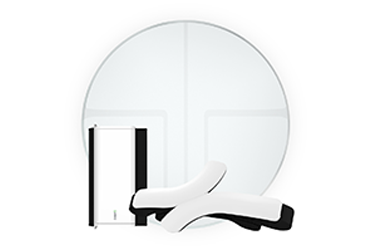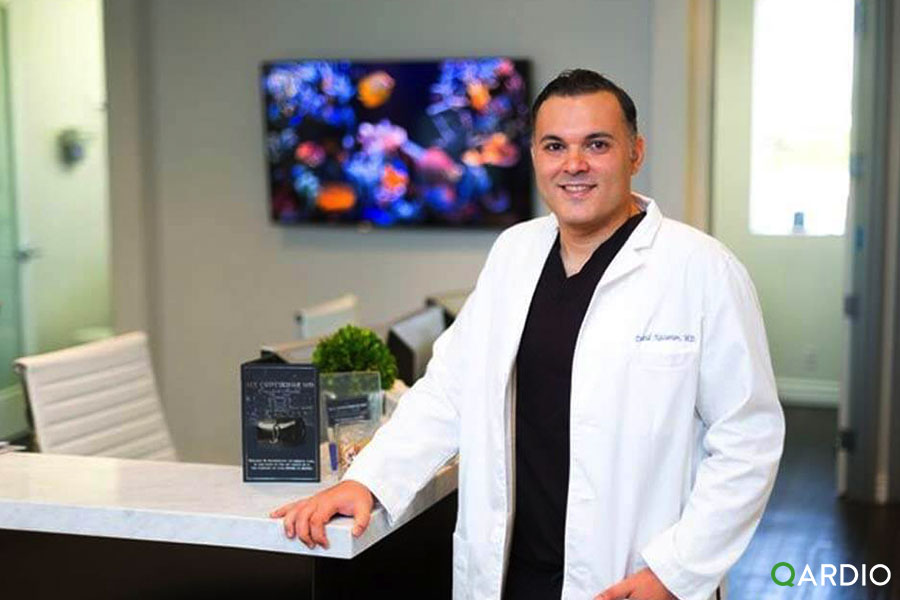In recent times, especially since the outbreak of coronavirus, remote patient monitoring and Telehealth might be phrases your doctor has talked to you about or you’ve heard more frequently. We spoke with three medical professionals to get their insight into what remote patient monitoring and Telehealth actually are and how they can help both doctors and patients.
The Doctors
1. Dr Omiete Charles-Davies – Medical doctor and founder of onedoctor.app
2. Brittany Ferri – Occupational therapist, teletherapy specialist and founder of Simplicity of Health
3. Dr Danielle L. Zelnik – Medical doctor and board-certified specialist in Physical Medicine & Rehabilitation, drzelnikmd.com
How would you describe telehealth?
Dr Omiete Charles-Davies: Telehealth is the general use of technology and communication devices to provide remote healthcare services. It encompasses phone calls, video calls, chats, and even patient monitoring.
How would you describe remote patient monitoring? (Also known as RPM)
Dr Danielle L. Zelnik: Remote patient monitoring uses convenient digital smart devices and wearable technology to deliver essential information about your body’s health directly to you and securely to your healthcare provider. This data is transmitted over a distance and does not require that you be physically present in a doctor’s office. Together, you and your provider can monitor trends in vital body functions, such as heart rate and blood pressure. Medical treatment can be quickly and easily adjusted, many times without even needing to leave home.
How would you explain the difference between remote patient monitoring and Telehealth?
Brittany Ferri: Remote patient monitoring is a type of Telehealth. Telehealth is the umbrella term referring to health-related technology and RPM is considered one of those technologies.
How would you explain the benefits of remote patient monitoring to your patients?
Dr Danielle L. Zelnik: There is no better way to understand your body than to track its physiology in real-time. Developing this understanding and awareness is incredibly empowering and gets you engaged and invested in reaching your health goals. It also helps provider and patient to develop a deeper relationship through more meaningful communication about the visible benefits of medical treatment and lifestyle change. The monitoring itself saves time, rather than keeping written logs and taking multiple trips to and from the office. Monitoring can even save a life if a dangerously abnormal finding is detected in time.
Dr Omiete Charles-Davies: Another benefit is convenience. Why drive some miles for a check-up when your important metrics can be monitored at home?
How does remotely monitoring your patients benefit you as a doctor or healthcare provider?
Brittany Ferri: RPM allows providers to focus on the crux of the treatment process, by providing personalized recommendations, weighing progress of current treatments, etc.
Dr Omiete Charles-Davies: There’s a condition known as ‘White Coat Syndrome’, where a patient’s important metrics like their blood pressure or pulse rate go up because they’re anxious about their visit or results. Remote monitoring can give more accurate results in this case, because the patient is more comfortable at home.
Do you have any good first-hand experiences of remote patient monitoring and/or telehealth that you can tell us about?
Dr Omiete Charles-Davies: Yes. Most of the experiences I had were great ones. The patients didn’t have access to a doctor until a couple of weeks based on available appointments and the complaints they had were not urgent enough to go to the ER. So, Telehealth fills in this gap by answering patients’ questions in between appointments.
Brittany Ferri: When many in-person therapy sessions were suddenly switched to Telehealth at the height of COVID, many parents were reluctant and too overwhelmed to facilitate the therapy process with their children at home. With some concentrated work, collaboration and a lot of communication, many of them not only complied with virtual treatments but requested them for the future due to convenience.




